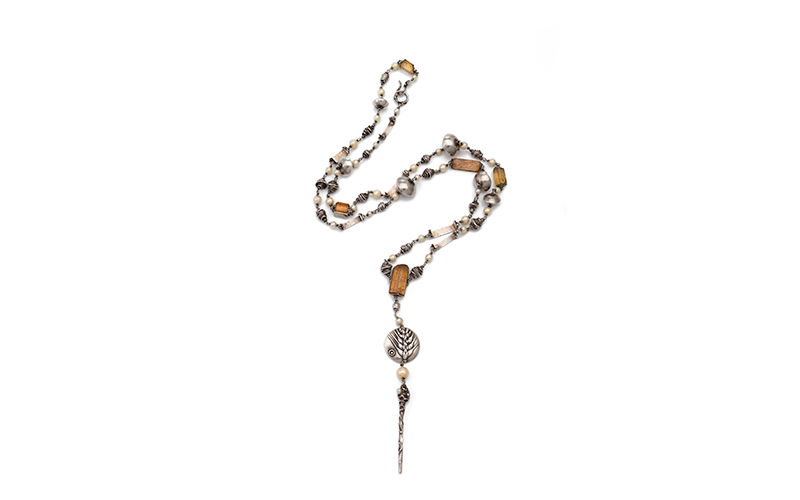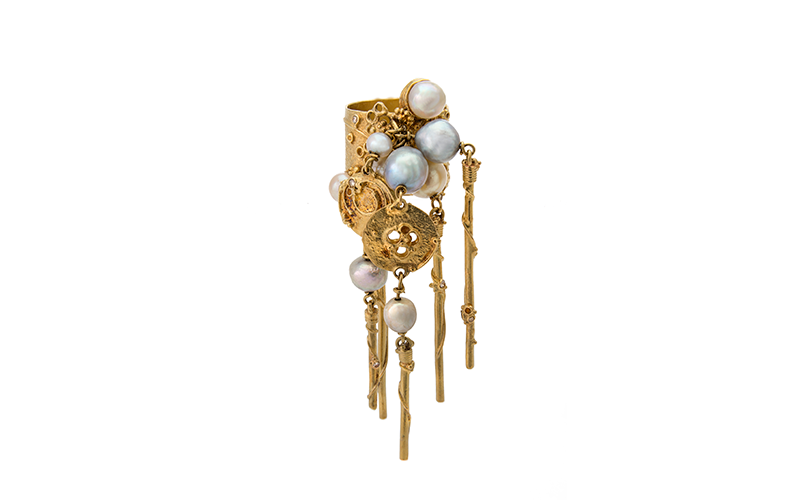- Art Home
- Exhibitions
-
Explore the Collection
- Explore the Collection Home
- African Art
- American Paintings, Sculpture and Drawings
- Contemporary
- Decorative Arts and Design
- East Asian Art
- European Paintings, Sculpture and Drawings
- Fashion Arts and Textiles
- Musical Instruments
- Indigenous American Art
- Photography
- Prints
- South Asian Art, Islamic Art and Antiquities
- Conservation
- Meet the Curators
- Digital Resources
- Events & Programs Home
- Calendar
- Accessibility
- Adults
-
Families & Teens
- Families & Teens Home
- 10x10 Teen Art Expo
- Art on the Rise
- Art Together: Art Making for Families with Children Ages 3–5
- Baby Tours
- Boy Scouts / Girl Scouts
- CAM Kids Day
- Choose Your Own Gallery Adventure
- Family Storytime and Gallery Walk
- Family Studio: Art Making for Families with Children Ages 6–12
- REC Reads
- Rosenthal Education Center (REC)
- See Play Learn Kits
- Summer Camp
- Teachers
- Community Outreach
- Fundraisers
- Plan Your Own Event

- Art Home
- Exhibitions
-
Explore the Collection
- Explore the Collection Home
- African Art
- American Paintings, Sculpture and Drawings
- Contemporary
- Decorative Arts and Design
- East Asian Art
- European Paintings, Sculpture and Drawings
- Fashion Arts and Textiles
- Musical Instruments
- Indigenous American Art
- Photography
- Prints
- South Asian Art, Islamic Art and Antiquities
- Conservation
- Meet the Curators
- Digital Resources
- Events & Programs Home
- Calendar
- Accessibility
- Adults
-
Families & Teens
- Families & Teens Home
- 10x10 Teen Art Expo
- Art on the Rise
- Art Together: Art Making for Families with Children Ages 3–5
- Baby Tours
- Boy Scouts / Girl Scouts
- CAM Kids Day
- Choose Your Own Gallery Adventure
- Family Storytime and Gallery Walk
- Family Studio: Art Making for Families with Children Ages 6–12
- REC Reads
- Rosenthal Education Center (REC)
- See Play Learn Kits
- Summer Camp
- Teachers
- Community Outreach
- Fundraisers
- Plan Your Own Event
Necklace and Ring by Gerda Flöckinger
Necklace and Ring by Gerda Flöckinger
- Home
- Plan Your Visit
-
Art
- Art Home
- Exhibitions
-
Explore the Collection
- Explore the Collection Home
- African Art
- American Paintings, Sculpture and Drawings
- Contemporary
- Decorative Arts and Design
- East Asian Art
- European Paintings, Sculpture and Drawings
- Fashion Arts and Textiles
- Musical Instruments
- Indigenous American Art
- Photography
- Prints
- South Asian Art, Islamic Art and Antiquities
- Conservation
- Meet the Curators
- Digital Resources
-
Events & Programs
- Events & Programs Home
- Calendar
- Accessibility
- Adults
-
Families & Teens
- Families & Teens Home
- 10x10 Teen Art Expo
- Art on the Rise
- Art Together: Art Making for Families with Children Ages 3–5
- Baby Tours
- Boy Scouts / Girl Scouts
- CAM Kids Day
- Choose Your Own Gallery Adventure
- Family Storytime and Gallery Walk
- Family Studio: Art Making for Families with Children Ages 6–12
- REC Reads
- Rosenthal Education Center (REC)
- See Play Learn Kits
- Summer Camp
- Teachers
- Community Outreach
- Fundraisers
- Plan Your Own Event
- Give & Join
- About
- Tickets
- Calendar
- Exhibitions
- Blog
- Shop

Gerda Flöckinger (Austrian, works in England, b. 1927), Necklace, prob. 1960s, silver, pearls, topaz
Necklace Audio Description
This silver, pearl and topaz necklace was made by Austrian jeweler Gerda Flöckinger in 1977. Flöckinger was born in 1927. She worked in England.
This long necklace is made of silver and has various links, including long pieces of brownish-yellow topaz, small round pearls, oblong beads made of wrapped wire, and three-dimensional ovoid disks of varying sizes. At the center front dangles a larger piece of topaz linked to a textured silver bead, then a pearl, then a circular disk imprinted with the top of a stalk of wheat, linked to a pearl and last, a long, textured rod. Some of the long topaz gems are missing along the length of the necklace, leaving only their rectangular silver mounts.
Necklace Label Copy
This silver, pearl and topaz necklace was made by Austrian jeweler Gerda Flöckinger in 1977. Flöckinger was born in 1927. She worked in England.
Gerda Flöckinger has been called the First Lady of British Jewelry. She is also equated with Mary Quant, the British designer credited with starting the fashion revolution in London in the late 1950s. Equivalent to Quant’s reimagining of dress, Flöckinger was one of the first in the United Kingdom to envision something new for jewelry. In fact, Quant and her partner Alexander Plunket Greene asked Flöckinger to design jewelry for Bazaar, the shop they launched in 1955. The jeweler also designed Quant’s engagement and wedding rings.
Flöckinger developed a long-lasting relationship with Graham Hughes of Goldsmiths’ Hall, and he began purchasing her work for the collection as early as 1958. This necklace was a commission by Hughes for his wife, Serena. Some of the oblong settings are damaged, and a few of the topaz crystals are missing, but the piece is characteristic of the expressive freedom of the jeweler’s work.

Gerda Flöckinger (Austrian, works in England, b. 1927), Ring, 1977, gold, pearls, diamonds
Ring Audio Description
Austrian jeweler Gerda Flöckinger made this gold, pearl and diamond ring in 1977. Flöckinger was born in 1927 and worked in England.
A wide ring of matte yellow gold, the center front is textured with other pieces of gold attached to it. Pearls of varying pastel shades are also set on the front of the ring and there are dangles of round textured disks, some with circular voids. Some of the disks are set with small, faceted diamonds or natural pearls and attached to long textured rods.
Ring Label Copy
Austrian jeweler Gerda Flöckinger made this gold, pearl and diamond ring in 1977. Flöckinger was born in 1927 and worked in England.
In 1971, Flöckinger was the first modern artist-jeweler to have a one-person exhibition at the Victoria and Albert Museum, or V&A, in London. Her pioneering work has been a creative influence on many of today’s leading jewelers. Teaching an experimental jewelry course at Hornsey School of Art in London from 1962 to 1968, she impressed upon her students that an artist could work as ambitiously in jewelry as in painting or sculpture.
It was while Flöckinger was teaching that she began to experiment with a new technique called fusion—a process that involved melting metals together—exemplified in this ring. By the mid-1970s, she had mastered the process and it became her signature look. Spontaneous and uncontrolled, fusion creates scarred and pitted surfaces to which Flöckinger often adds gems and dangling elements. She adamantly calls herself a jeweler, not a designer, and continues to make every piece herself.
Back to Materials, Texture, Sculpture Back to the Audio Exhibition
Cincinnati, OH 45202
Toll Free: 1 (877) 472-4226
Museum Hours
Museum Shop
Terrace Café
Library
The Cincinnati Art Museum is supported by the generosity of tens of thousands of contributors to the ArtsWave Community Campaign, the region's primary source for arts funding.

Free general admission to the Cincinnati Art Museum is made possible by a gift from the Rosenthal Family Foundation. Exhibition pricing may vary. Parking at the Cincinnati Art Museum is free.
Generous support for our extended Thursday hours is provided by Art Bridges Foundation’s Access for All program.

General operating support provided by:



